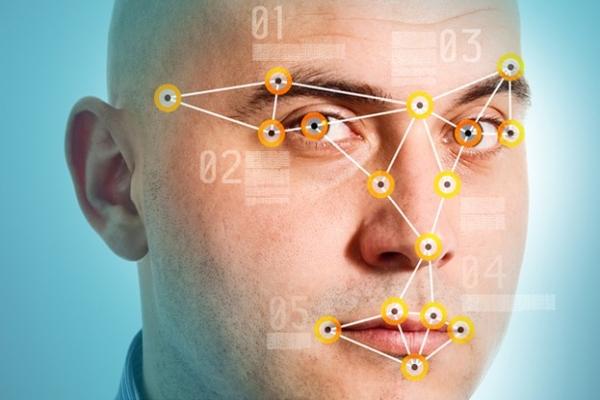Published on the 05/12/2017 | Written by Jonathan Cotton

Rapidly evolving ID solution about to go live with biometric facial recognition…
Australia Post has announced it is soft launching facial recognition technology this month with the option available to the wider public by the end of January 2018. The online portion of Post’s Digital iD service – which uses passports, drivers licences, smartphone apps and QR codes to verify identity – has been in play since the beginning of the year.
When the biometric authentication element of the service is launched it will mean users simply look at their smartphones to gain access to online services and conduct government transactions.
“Physical processes don’t translate well to the digital realm – you can’t just show your driver’s licence online,” said Cameron Gough, Australia Post’s GM of digital ID. “But the game has changed with digitisation.”
“Consumers hold the power, and identity is one area where we’ve found an extraordinary mismatch between consumer expectations and what organisations are delivering.”
That’s in line with Australia Post research conducted early in 2016 surveying the attitudes of consumers, small business owners and those working in large businesses and government departments about the issue of digital identity. The researchers found that most users found government identification processes “time consuming, repetitive and laborious”.
According to the same research current identity verification processes cost the Australian economy up to $11 billion a year.
The Digital ID programme is a big deal for Australia Post. The group is hoping to be first cab off the rank for a digital ID and online login service and is planning a big marketing campaign to solidify its position in the Australian consciousness.
Australia Post is keen on making sure it’s ID programme plays nicely with Govpass, the Digital Transformation Agency’s (DTA) ID offering -currently in beta testing – which would allow consumers to bypass around 30 unique logins for government services.
“We will work closely with Australia Post to develop standards, processes, and policies that will lay the foundations for a federated digital identity system,” the DTA said.
“The partnership will focus on building identity solutions that improve people’s access to government services online and in person.”
If the Post’s service finds traction with consumers it’s expected that the service will eventually sync with the government’s Facial Verification Service (FVS), a system originally designed to make it easier for security and law enforcement agencies to identify suspects or victims of terrorist or other criminal activity, and something Australian Post already leverages to verify passports and driver’s licences.
According to Andrew Rice, Attorney-General’s Department assistant secretary for cyber and identity security, the FVS is likely to eventually be made available to the private sector.
Digital ID programmes aren’t unique to Australia. In India the Unique Identification Authority has already issued one billion unique IDs – the world’s largest biometric database. The group estimates that soon 95 percent of the adult population will be registered. That program collects three biometrics: fingerprints, and iris scan and a facial photograph, and it claims a 99.73 percent accuracy rate. Sweden, Estonia and New Zealand have non-biometric digital ID programmes.
To sign up for the Digital ID service users submit various identification documents once and will then be able to verify their identity via the Australian Post app. To establish the biometric element of the programme, customers will need to visit a Post Office so a human can sight a passport or driver’s license.
The service will be available to the general public January 2018.



























